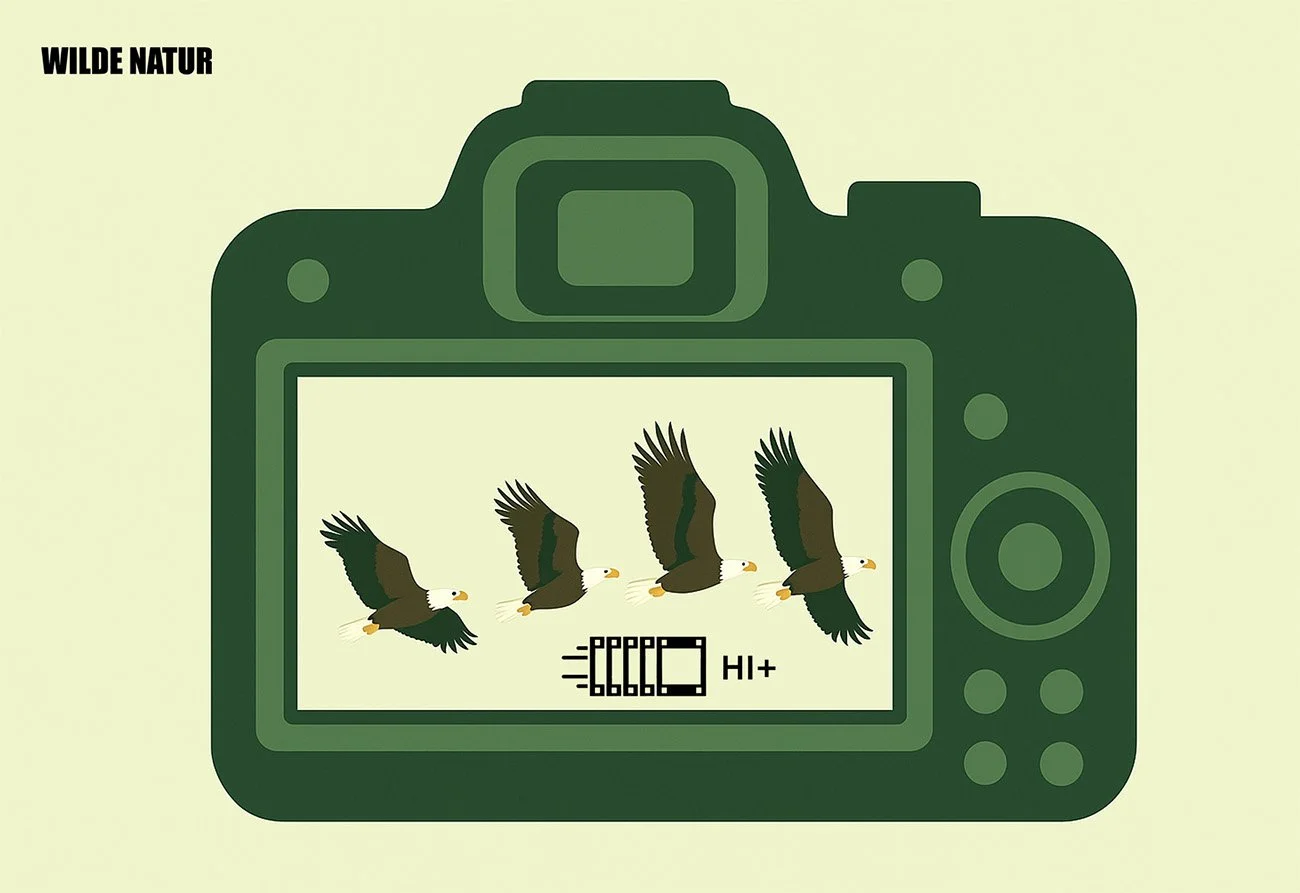Guidelines for Shutter Speeds in Photography
Follow & share WildeNatur:
The right shutter speed is crucial for either freezing motion or intentionally capturing movement. Here are some proven reference values:
Sharp Images of Moving Subjects
- 1/1000s: Running animals or slow-flying birds.
- 1/2000s – 1/4000s: Fast-moving subjects like birds in flight.
Panning Shots (Intentional Motion Blur)
- 1/80s: For dynamic effects in fast-moving subjects, such as birds in flight.
Long Exposure for Creative Effects
- 6 seconds: To create a soft, flowing water effect.
Shake-Free Shots – An Old Rule of Thumb
This guideline dates back to the film era but still serves as a useful reference:
- 1/Focal Length: Use at least the reciprocal of the focal length (e.g., 1/400s for a 400mm lens).
- High-Resolution Cameras: Use even shorter shutter speeds, as high-megapixel sensors amplify motion blur.
These values serve as a general guide and should be adjusted based on your subject and lighting conditions!




